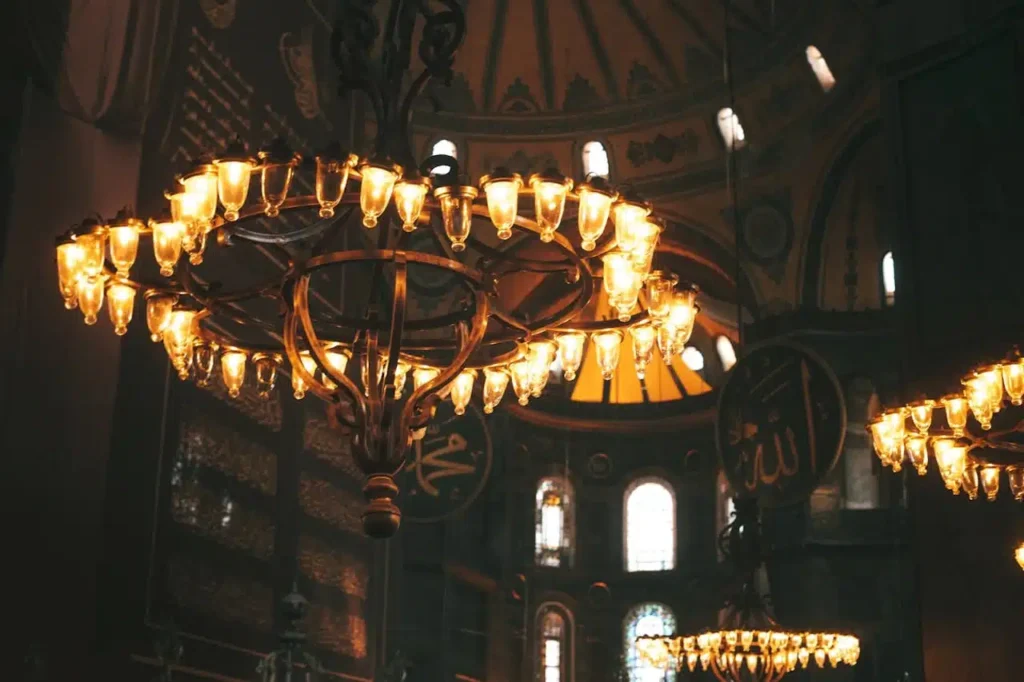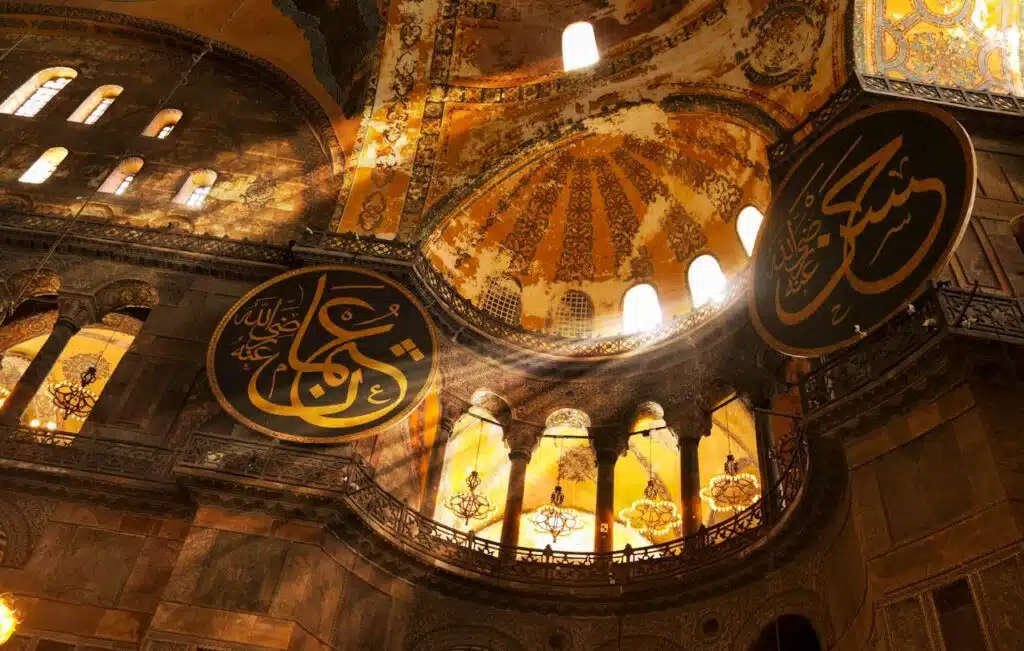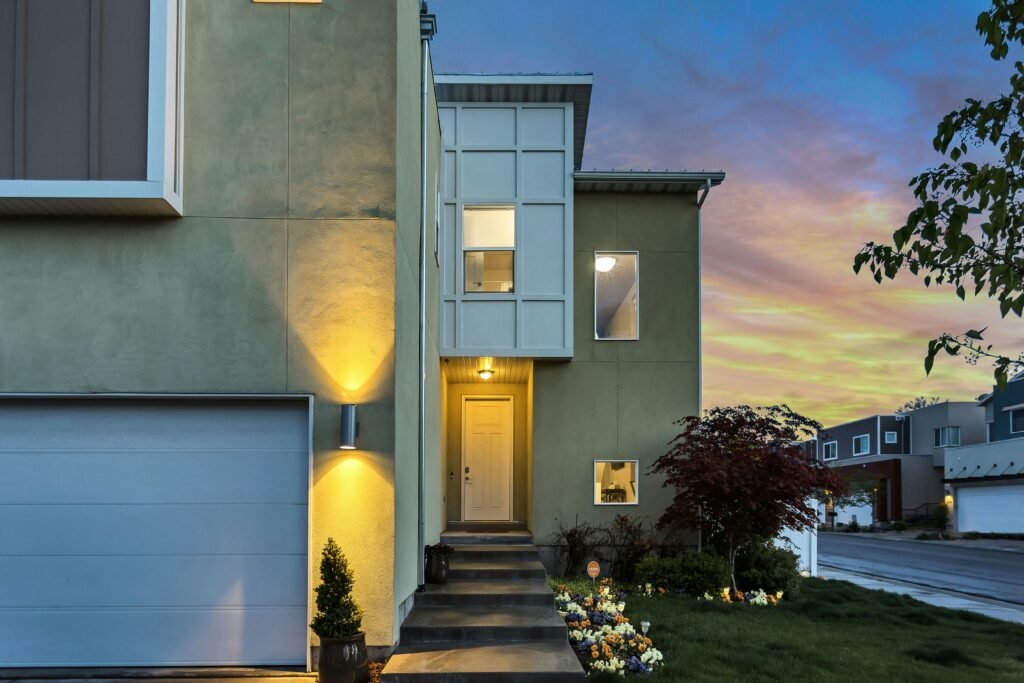Hagia Sophia — or Ayasofya, as it is known in Turkish — stands at the heart of Istanbul as one of the world’s most iconic buildings. It is more than a church, mosque, or museum; it is a testament to the resilience of architecture, faith, and civic identity. Our new book, Hagia Sophia’s Architecture: The Eternal Dome — Architecture, History, and Sacred Resilience, invites readers to experience this masterpiece not just as a static monument but as a living palimpsest, embodying layers of sacred, political, and cultural meaning. In this article, we explore the architecture, history, and enduring relevance of Hagia Sophia, alongside insights from our podcast episode discussing the book.
The History of Hagia Sophia: From Church to Mosque to Museum and Back
Built in 537 CE under the direction of Emperor Justinian I, Hagia Sophia was conceived as the Christian cathedral of Constantinople — the epitome of Byzantine architecture and a theological statement in stone. Justinian famously proclaimed, “Solomon, I have surpassed thee,” highlighting his intent to create a space surpassing even the biblical Temple of Solomon.
For nearly a thousand years, it served as the world’s largest cathedral, housing the Patriarchate of Constantinople and embodying Christian orthodoxy. After the Ottoman conquest in 1453, it became a mosque, with minarets and Islamic inscriptions blending into its Byzantine fabric. In 1935, it was secularized as a museum by Atatürk, and in 2020 it was reconverted into a mosque. Today, its upper galleries also function as a museum — a reflection of its layered identity.

The Architecture: A Dome That Shouldn’t Stand
At the center of Hagia Sophia’s architecture is its legendary dome — an engineering marvel that appears to hover above the nave, supported by pendentives and flooded with light through forty windows at its base. For centuries, it was the largest enclosed space in the world.
Walking inside, I felt a disorienting awe. As an architect, I was trained to see clarity and order — yet Hagia Sophia thrives in ambiguity. Columns don’t align perfectly, recycled materials speak of conquest and reuse, and nothing feels predictable. And yet, it coheres — proving that ambiguity can be strength.
Its design marries Roman engineering, Greek geometry, and Christian theology, later adapted by Ottoman architects who added their own flourishes without erasing its core.
Layers of Meaning: A Sacred Palimpsest
Hagia Sophia is sacred architecture not because it belongs to a single faith but because it transcends singular definitions of the sacred. Its walls whisper both Christian chants and Islamic prayers. Mosaics of Christ peek through plaster beneath Arabic calligraphy. Every transformation — from cathedral to mosque to museum and back — has left residue without erasure.
In our book and podcast, we reflect on how this building teaches us that sacredness is not static but evolves with its people. It has been called “a mirror held up to the present,” reminding us what we seek when we enter sacred space.
Architecture Beyond Stone
What makes Hagia Sophia enduring is not just its structural ingenuity but its symbolic resilience. It has withstood earthquakes, fires, iconoclasms, political upheavals, and ideological shifts — absorbing them all without collapsing under contradiction.
As I stood under its dome, watching light scatter and prayers rise, I realized that the true durability of architecture lies not in its permanence but in its capacity to adapt and remain meaningful.
Lessons for Today’s Architects
Hagia Sophia challenges architects and preservationists to rethink what it means to build sacred, resilient spaces. Can we design buildings flexible enough to hold evolving identities? Can we preserve heritage without freezing it? Can we allow a space to invite reverence — not just for one group or creed but for many?
These are questions we explore in depth in the book and our accompanying podcast. Hagia Sophia shows that the highest calling of architecture may not be purity, but endurance through change.


The Eternal Dome
Hagia Sophia remains one of the world’s most powerful examples of how architecture can hold contradictions without collapse, becoming more meaningful with each layer. For anyone interested in architecture, history, sacred space, or cultural resilience, this building — and the story we tell in The Eternal Dome — offers an invitation to see ambiguity not as weakness but as beauty.
You can listen to our podcast episode on the book for more insights and reflections.
Podcast episode: The Eternal Dome
Dr. Riley Carter
Architect | Educator | Passive House Advocate




